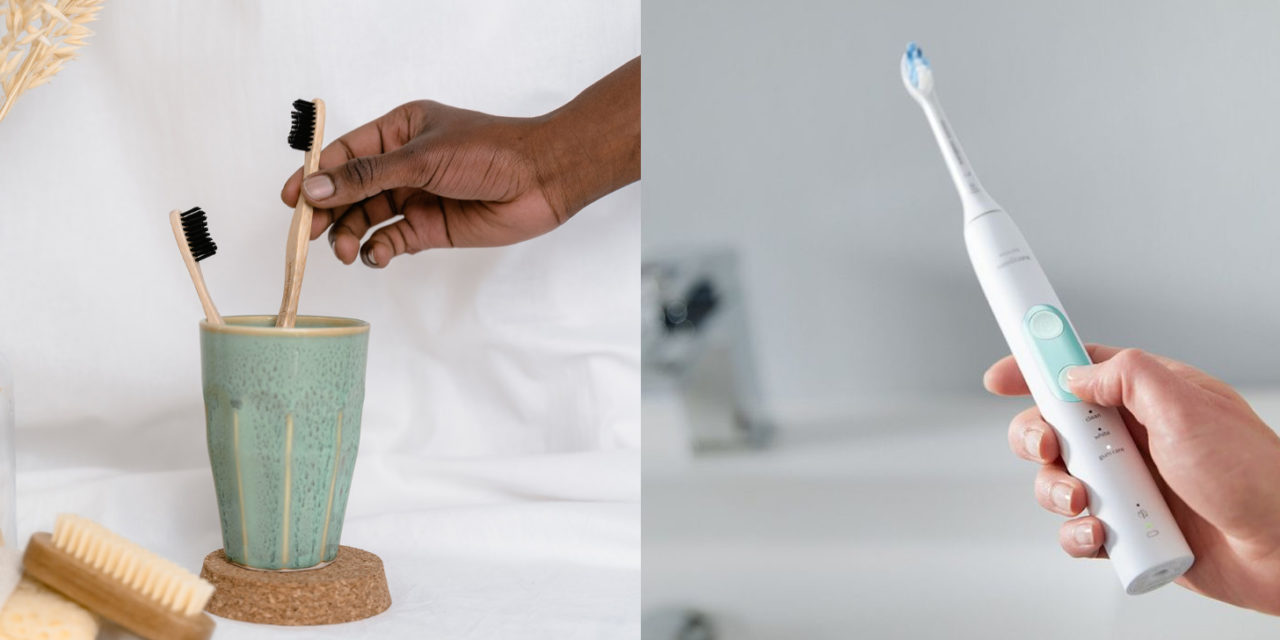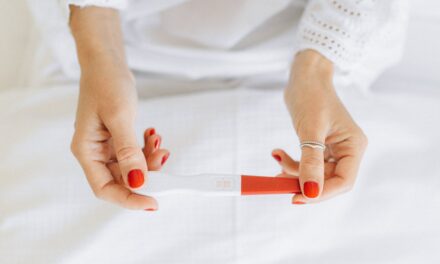Dr Ian Sweeney
Good oral hygiene starts with a toothbrush. The Australian Dental Association (ADA) recommends twice-daily brushing for at least two minutes, whilst using a toothbrush with soft bristles.
Dentists frequently get asked whether it is best to use a manual or electric toothbrush. It’s important to note that both types can provide effective plaque removal, but what’s important is your brushing technique! A tooth has five surfaces, the top or biting surface, inside, outside, front and back surfaces, and it’s important to clean all of them! The ADA recommends placing the toothbrush bristles against the gum at a 45-degree angle. Small up and down movements will help to clean the teeth, whilst circular movements will get the bristles in-between the teeth and allow the bristles to penetrate just below the gum line. The area most people forget is the inside of the teeth. Angling the toothbrush head and using small movements will help to get the brush into these tight areas.
Dental floss is required to effectively clean between teeth. This is vitally important as this is one of the most common sites of tooth decay for both children and adults. We cannot stress enough the importance of twice-daily flossing in your dental routine! There are many electric toothbrushes on the market which use different head movements. The most common movements are; side-to-side, sonic vibration motion, rotation oscillation, counter oscillation and ultrasonic movements. All of the head movements have been shown to reduce plaque levels so personal preference plays a part in the movement of choice.
Electric toothbrushes have advantages for patients with reduced dexterity as the brush only needs to touch the tooth and the cleaning method of the brush will do the rest. Patients wearing orthodontic appliances, with arthritis in their hands, special needs or children may find it easier to use an electric toothbrush. Brushing for two minutes will allow enough time for adequate plaque removal to occur, whilst simultaneously enabling the fluoride concentration levels in the mouth to rise high enough for remineralisation of tooth enamel.
Toothbrush care is vital. Toothbrushes should not be shared between family members as this will spread bacteria. Following use, a toothbrush should be rinsed thoroughly and stored upright to help facilitate drying. Storing wet toothbrushes in a closed container has been shown to result in greater bacteria growth than those stored in the open air. Manual toothbrushes or electric brush heads should be replaced once the bristles start to fray or when the brush is three months old. They should also be replaced after periods of illness.
Your dentist will be able to demonstrate correct cleaning techniques and assist you with any questions regarding the best type, or size of toothbrush to suit your individual needs.












